A walk back in time
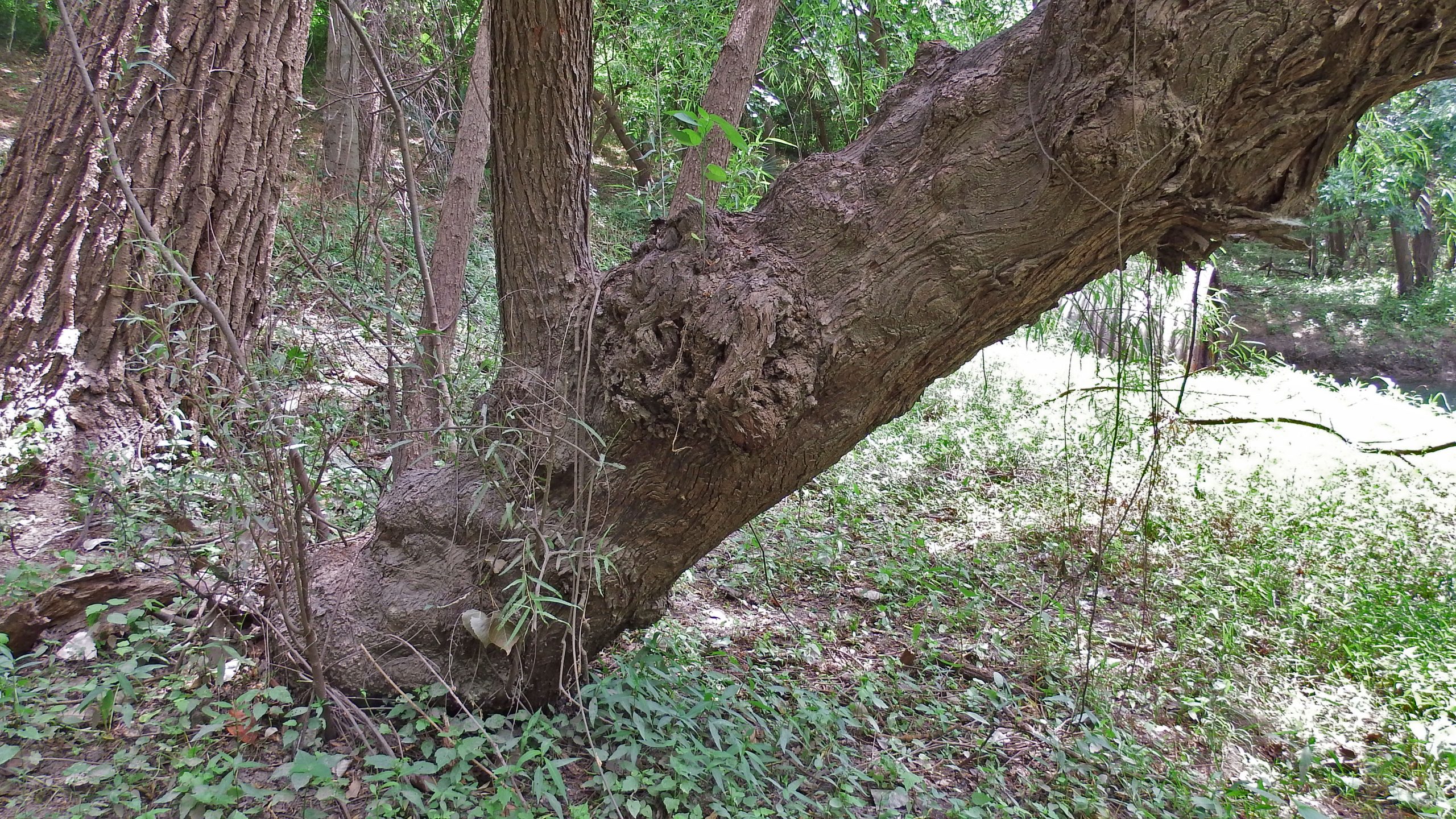
For the last 23,000 years (give or take), Houston was a prairie. A tall grass coastal prairie, to be precise. We stopped being a prairie within the last 150 years. We stopped so thoroughly that there is almost no original prairie to be seen. When we look at Houston, we see, for the most part, what we planted here.*
But, there is still a piece of original Houston landscape in Buffalo Bayou Park. It is the Green Tree Nature Trail.
While Houston was a treeless grassland over most of its expanse, there were trees along the bayous and other waterways. Being Houston, we have paved, straightened, or mowed the banks of most of our waterways. But due to the foresight of some patrons whose reverence for nature was was ahead of its time, Buffalo Bayou was spared.
The Park has made many changes in the landscape over the years, including a very important program to restore prairies to many parts of the Park. But somehow or other, that Green Tree Trail, has been mostly left alone. The walk along the path is wonderfully shady and peaceful. But if you get off the path and tramp the ground closer to the bayou, treasures await.
There is a sycamore tree so huge that its probably over 150 years old. This tree could have, as a sapling, greeted the Allen brothers. I plan to have the tree evaluated for championship status. The current champion Sycamore is in Greenwood Cemetery, right next to the Park. I think this one might beat it.
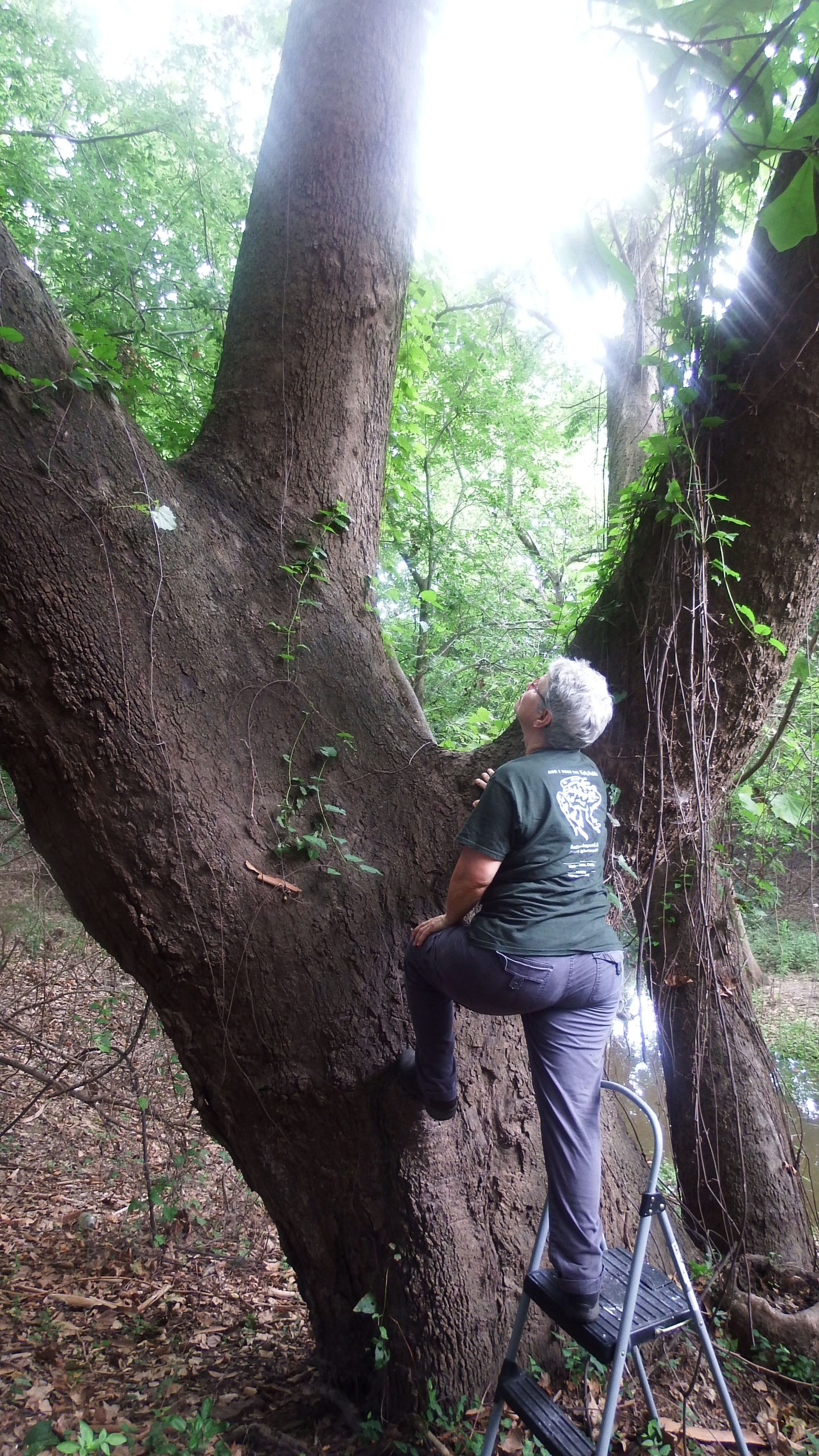
I had dreams of photographing someone in the crotch of this amazing tree, but the step ladder wasn’t tall enough to hoist anyone up there.
Today, I found a black willow that seems ancient. I can’t find many references to ancient black willows. This is probably because black willows are not supposed to outlive a century, but this one might be pushing that limit. Ours is close to the end of its life and isn’t vibrant. But it is fascinating. It even has a seelding (not a black willow) sprouting from its craggy trunk. The original tree was pushed over, perhaps in a storm. The photo at the top of this post is the main trunk of the willow. With the original trunk pushed to about 50°, more trunks sprung up from that original.
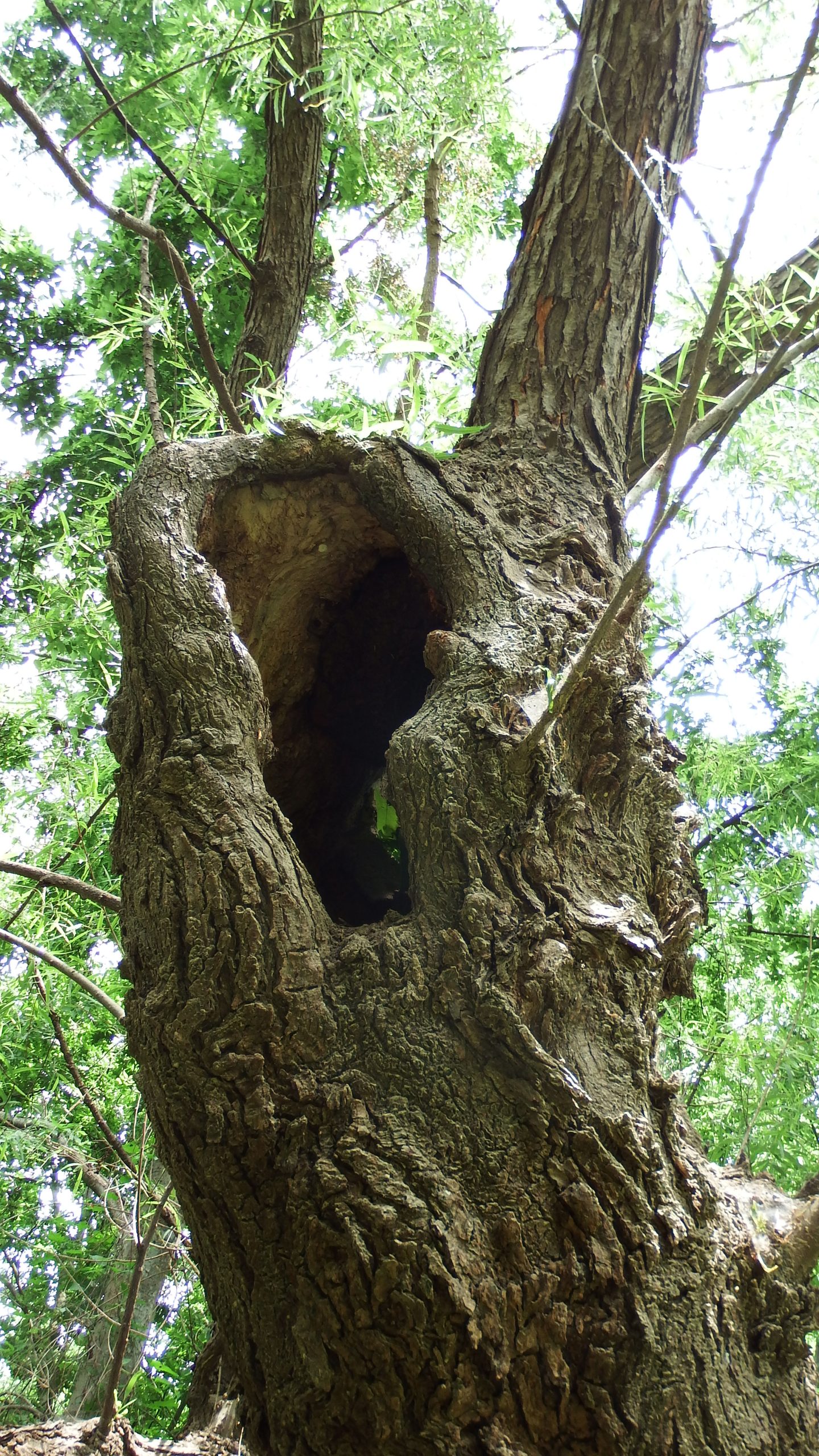
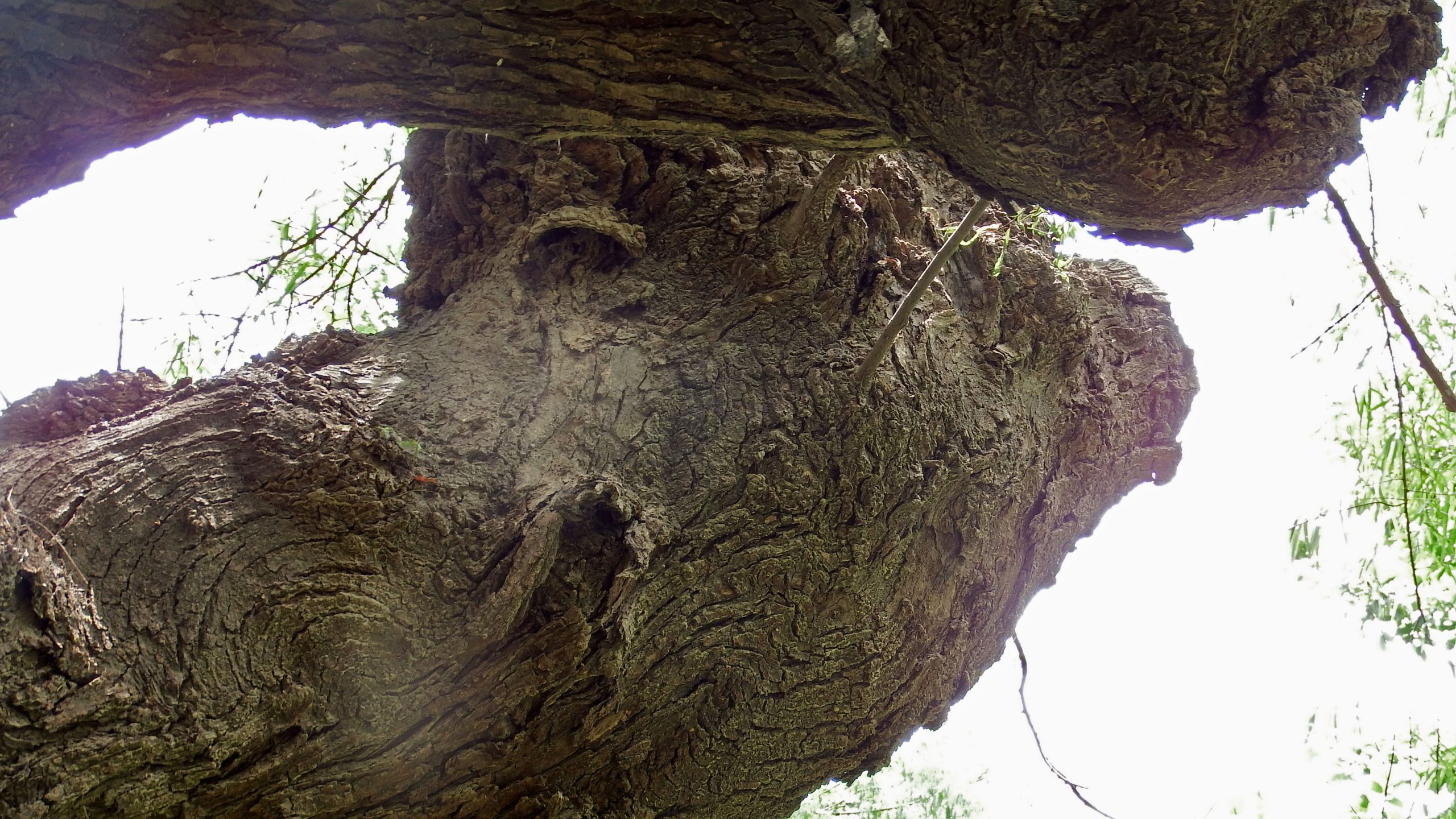
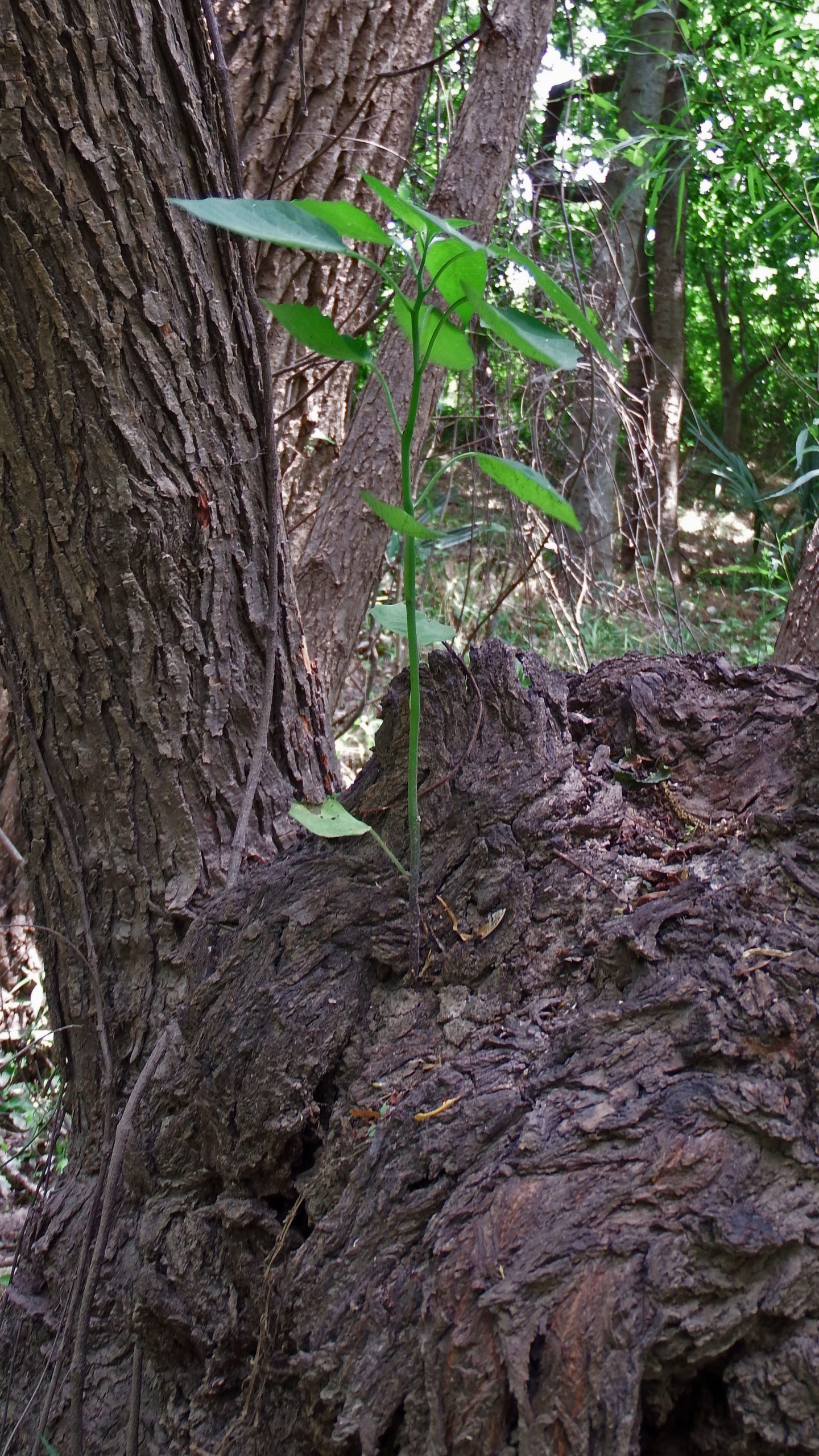
There is a small plant growing from the trunk.
If you don’t relish an off-trail romp in search of old trees, the Greentree trail still holds delights. It is the only place in the park you can reliably find yellow-crowned night herons. You see the black crowns everywhere, but yellow crowns, just here. That’s because black crowned night herons eat anything and yellow crowned night herons eat only crabs and crayfish, and the Greentree is the only reliable source of those.
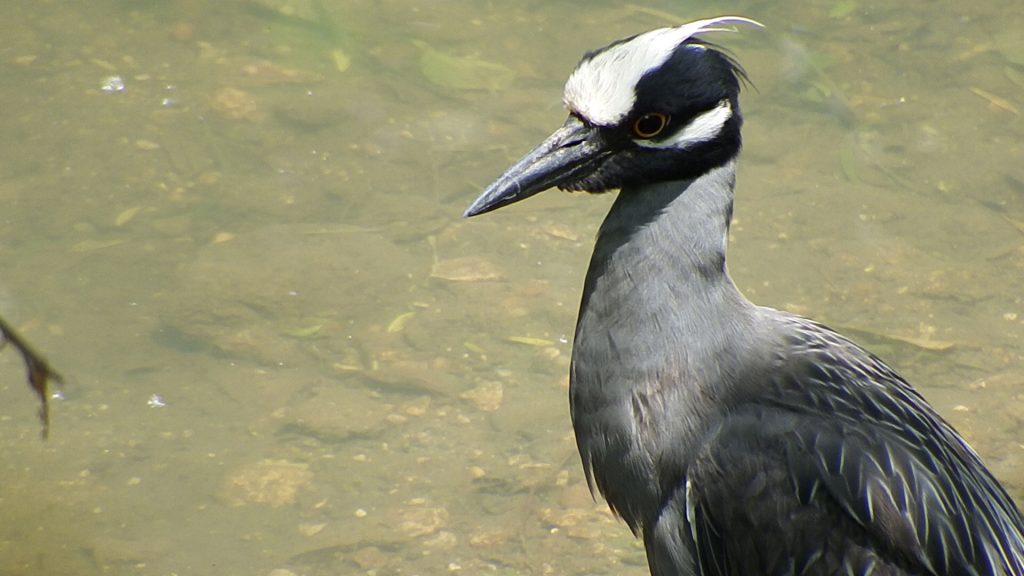
There’s also a wonderful pond that can be quite full or quite empty depending on the rain. It is a great place to see turtles. If you look closely at the photo of the red-eared slider (whose enormous hind foot caught my attention) you can see several fish photobombing. The second photo shows one of the fish enlarged.
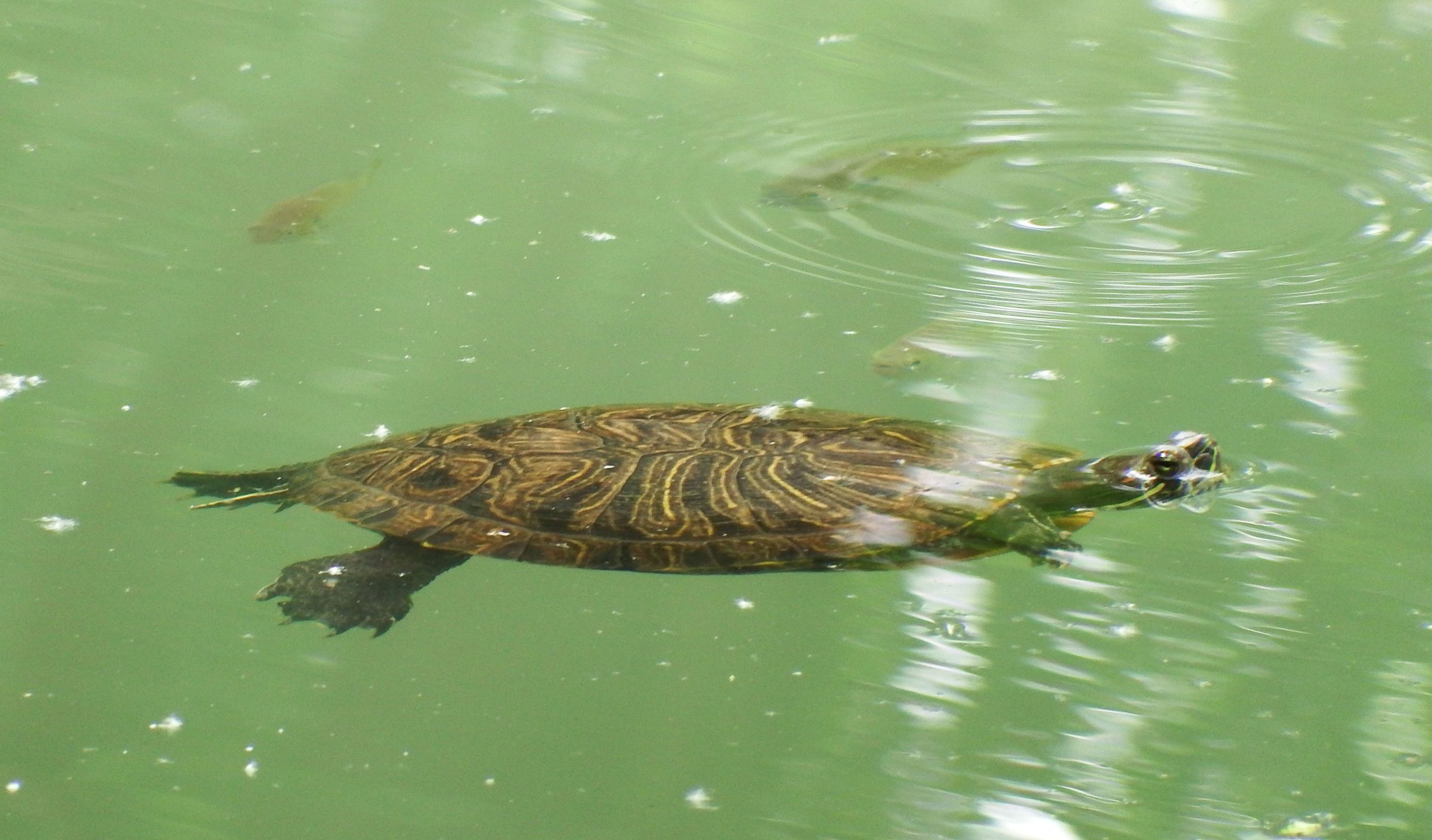
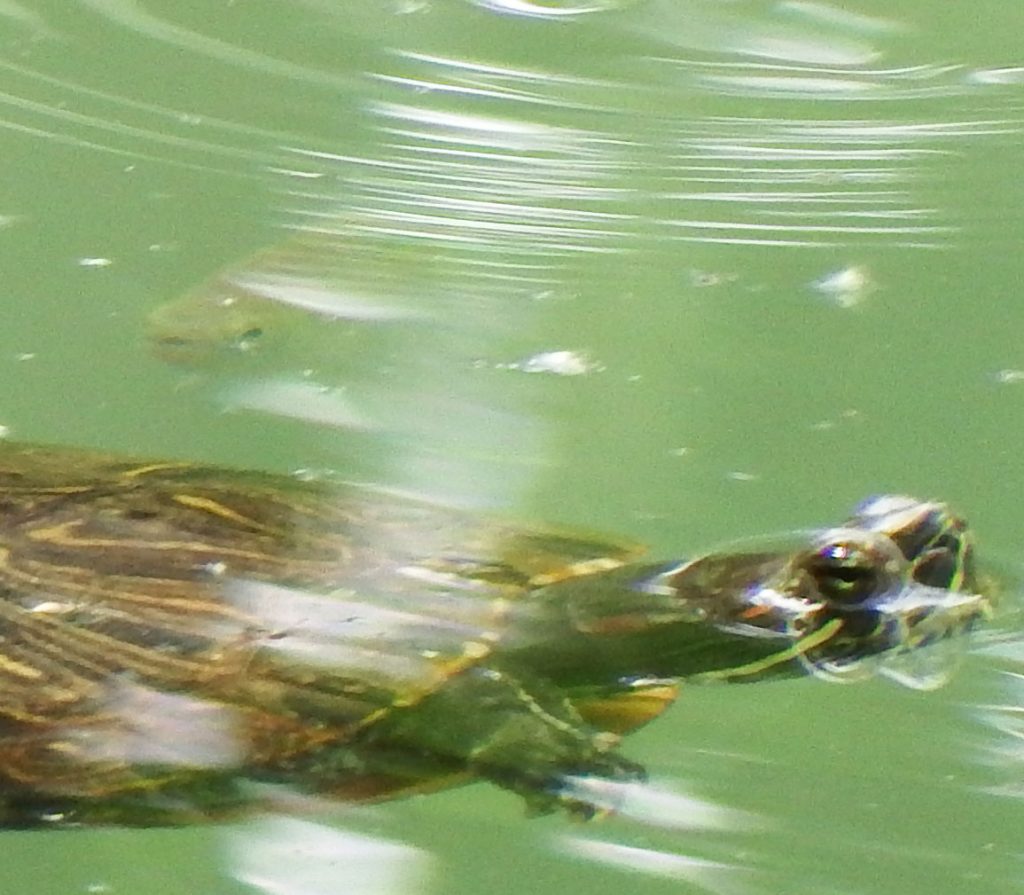
As an added bonus, on the way in and the way out, you can enjoy fields of wildflowers, some of the most robust blooms in the Park.
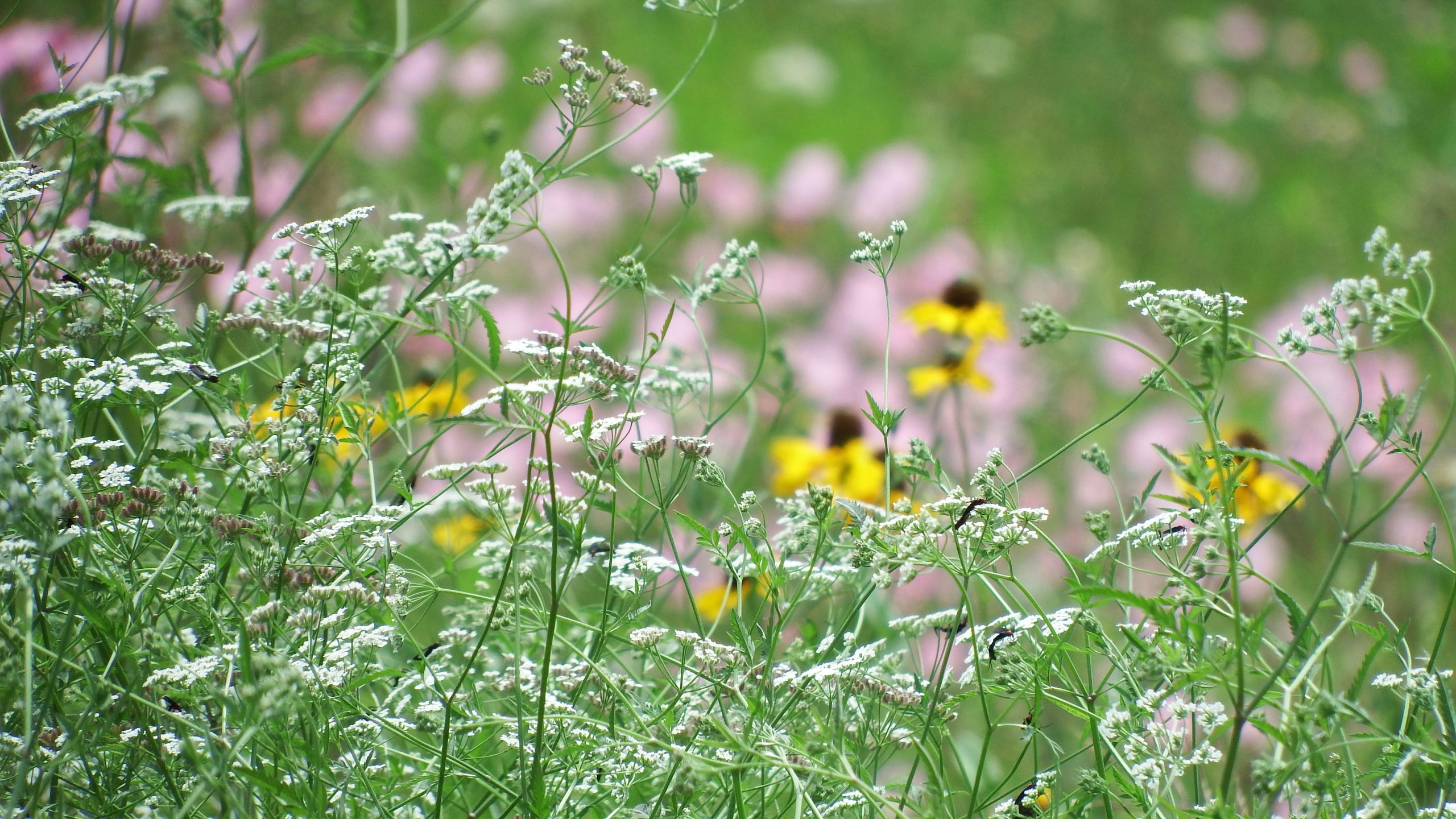
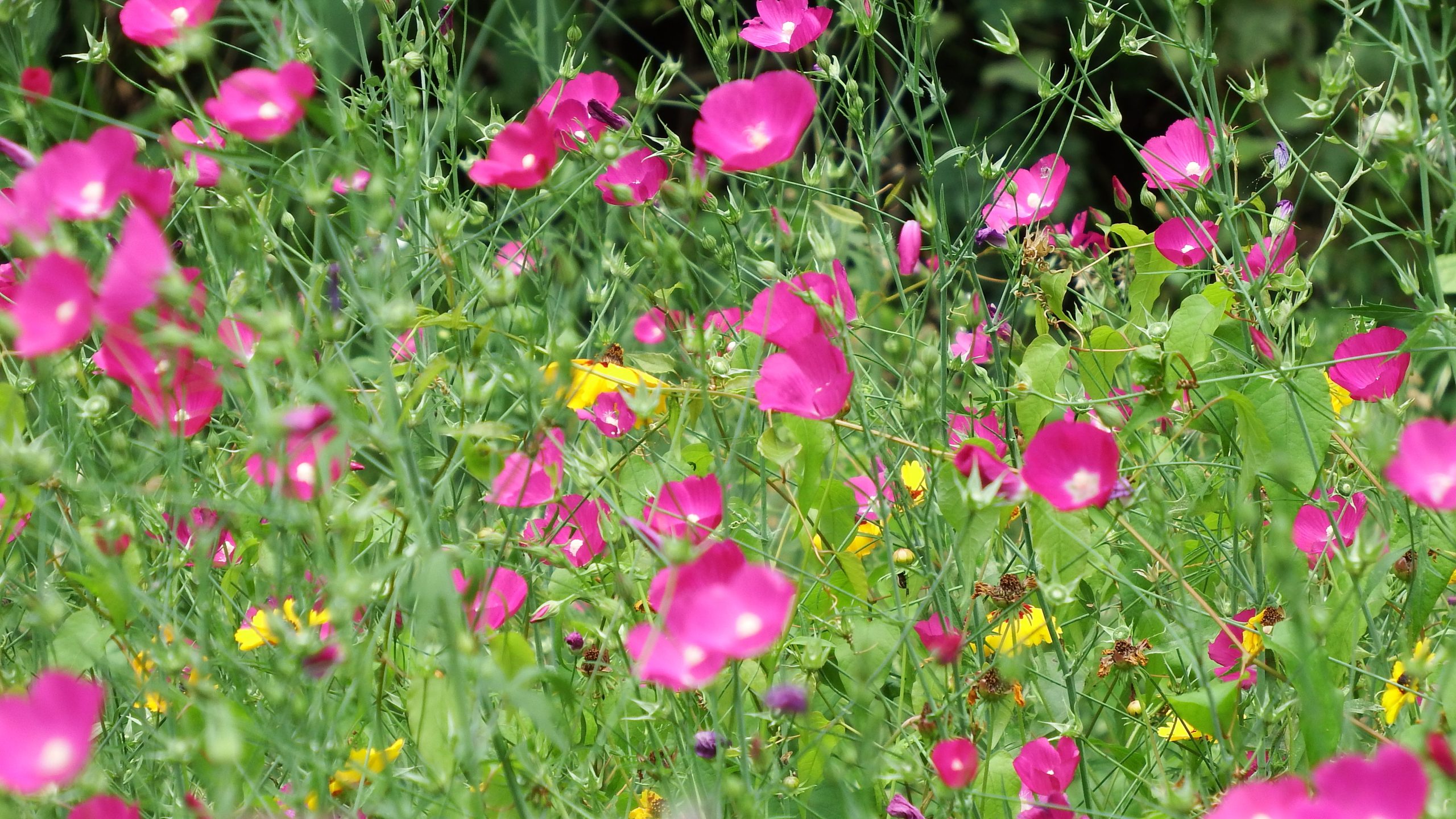
For those following the red-shouldered hawks, she was still sitting on eggs earlier this week, but I’ve found a new spot that, with some creative rigging, puts me at eye level with the nest. I should be able to capture some good photos once those chicks hatch.
- To find out more about Houston’s prairie history, join me on a natural history walk. I hold them the third Saturday of each month. Sign up or just join us at 10:30 sharp.

